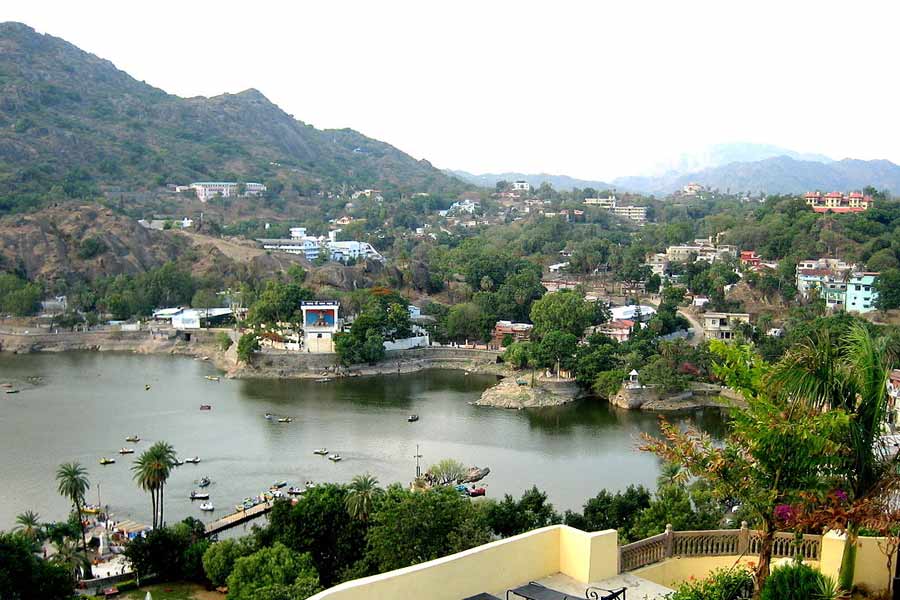Bihar recently faced an unprecedented flood in the Ganga for the water flown from Madhya Pradesh via Sone. Now that it has gone depositing enough of fertile silt, we have to quickly plan to reap the high potential it has created for a myriad of high value agricultural and horticultural crops, particularly vegetables, in the ensuing Rabi season.
The state has a total of 11.76 lakh hectares of diara land which accounts for around 12.5 per cent of its total geographical area. Although Bihar's riverine area is spread into 22 out of 38 districts, major chunks of it fall in the basins of the Ganga, Kosi and Gandak rivers.
Since the fertile diara land could yield enough, banks should scale up their lending substantially under both crop loan and term loan segments. On recession of floods, the diara lands' high hydraulic conductivity and internal drainage give rise to water stress conditions; term loans are essential for creating tube-wells and lift irrigation systems for sustaining the crops. Vegetables grown in diara areas of Bihar are nutrition-rich and delicious.
Asking to grow more for only the state's domestic market would be suicidal. Bihar's per capita income is just 2/5th of the nation. Commodity-specific supply chains that would enable our produce to reach beyond Bihar's boundaries and in as fresh in form as these are available here is the need of the hour. Could there be 2-3 special air-conditioned freight trains or even chartered flights during the Rabi season to make it a reality? However, a precondition is that the farmers in every cluster must form themselves into a producer organisation and cultivate one crop and of the same variety so that the aggregate produce could be in required lot.
For instance, if an area is considering to despatch brinjal to Bangalore, a day's plucking of its same variety, age and size should aggregate to at least 30 tonnes so that it becomes rail transport worthy with uniform temperature and humidity control in place.
All said and done, let's also admit that our farmers are naïve on the pricing front. They still use a pricing strategy as "cost plus mark-up". The price is what you can realise on the basis of your assessment as to how much the customers can pay given the values they seek from a product. Our duty would be to create those values in our produces and notify the same to that market segment which comprises this category of customers. Is it not a fact that the same seasonal vegetable is sold at wide ranging prices just on account of product differentiation strategy? Then why should our farmers produce and price a commodity comparing with its low-end ones?
Moreover, today's technology has made it possible to grow anything anywhere in any season. However, there should be price points to cover the cost of technology and do a business out of it.
"Price point" is a point on a scale of possible prices at which something might be marketed. As the price points are improving everywhere, surged by an overall economic prosperity and developed consciousness on health and ethics, adoption of costlier processes and technology in farming has become more business worthy. There has been no better opportune moment in the history of Bihar than today for adoption of some capital intensive and hi-tech agricultural and horticultural practices.
• The writer is chief general manager, Nabard, Bihar regional office, Patna.
The views expressed are personal











